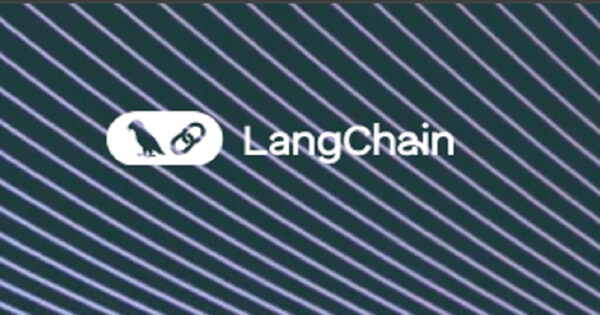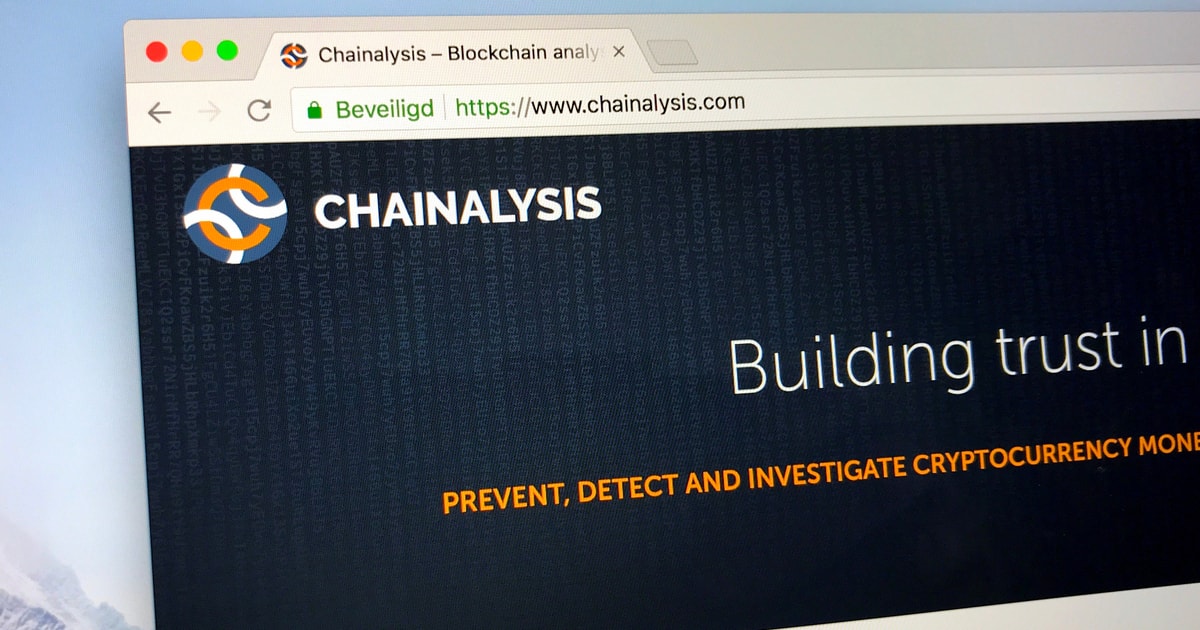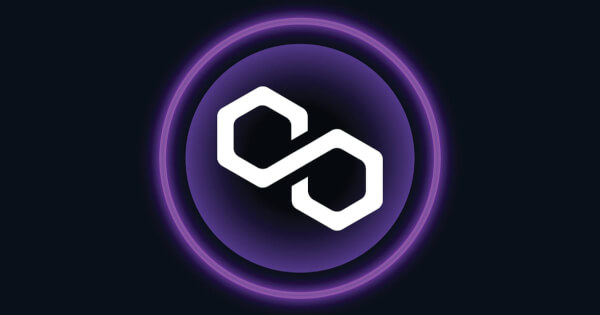
We all need to work together to move crypto adoption forward, and it’s important that we all start with facts. So we have to correct the record after reading the article titled “A Regulated Stablecoin Means Having a Regulator” by Dan Burstein, Chief Compliance Officer of Paxos. In case you missed it, the article was an inaccurate attack on USDC (market cap: $27.5B) which is governed by CENTRE (a consortium of which Coinbase and Circle are members). USDC is one of several alternatives to the stablecoin issued by Paxos (market cap: $900M). Coinbase remains coin agnostic and supports many stablecoins on our platform, including Paxos and USDC. However we felt it important to share this post in our effort to fact check misinformation and mischaracterizations about crypto. Let’s get started.
“Neither USDC nor Tether is a regulated digital asset, for the simple reason that neither token has a regulator.”
Fact Check: USDC is indeed regulated. USDC is regulated as a stored value instrument (just like a pre-paid card). Stored value products are regulated under state money transmission laws. As the issuer of USDC, Circle is subject to oversight by 46 state regulators, which conduct frequent exams of Circle’s activities.
“In fact, neither USDC nor Tether tokens are “stablecoins” in anything other than name. These tokens are backed by illiquid and risky debt obligations — a critical weakness that no prudential regulator would allow to exist as this creates undue risk for their customers.”
Fact Check: The assets backing USDC are prescribed by the state regulators which provide companies like Circle a list of permissible investments in which the USD backing USDC can be invested. Here is an example from the state of California. These are the same laws that protect the fiat money customers hold at Coinbase or Paypal. These laws are essentially customer protection laws, designed with the clear purpose of ensuring that the stored value is safe. (You can see the make-up of the assets backing USDC here — they all have investment-grade credit ratings.)
“Proper regulation of financial services firms — which must include comprehensive oversight of the products and services offered by those firms — is the only way to protect clients and customers. What does that mean tangibly? There is direct oversight of client protections, resolution planning if there is a failure, privacy protections, consistent reserving practices plus audits and exams to verify this.
Fact Check: Regulation is key. Circle, the issuer of USDC is a money services business registered with FinCEN and 46 state regulators. Reserves are reported to the states pursuant to money transmission laws. Circle, and hence the reserve, is audited by Grant Thornton, a leading global accounting firm. You can find Circle’s 2020 audited financial statements here. Further, every month, Grant Thornton attests (i.e., verifies publicly) that the reserve balance equals the USDC in circulation. You can find those attestations here.
“The issuer can (and often does) use consumer funds to pursue risky high-yield investments for its own financial gain.”
Fact Check: Nope, not USDC. State Permissible Investment requirements address this risk. The USDC reserve contains no high-yield investments.
“In the case of USDC, reserves are held on Circle’s balance sheet, implying that Circle views USDC reserves as its own property.”
Fact Check: Many issuers of stored value instruments report the reserve assets on balance sheet, this is a common and acceptable accounting practice and should not be misunderstood to mean that Circle views USDC reserves as its own corporate property. The key to test this is to verify that an offsetting liability to the asset is also reported. In Circle’s publicly-filed financial statements you can clearly see that the reserve is “segregated for the benefit of USDC holders,” and that there is a corresponding liability of “Deposits from USDC holders,” making clear that the funds belong to the holders of USDC.
Summary:
Coinbase encourages its customers and all crypto market participants to research the cryptocurrencies they transact with. Stablecoins have different reserves and customers should pay attention to those reserves. USDC is regulated and has reserves that comply with state licenses and have a proven record of stability.
Note: An earlier version of this post incorrectly stated that CENTRE mints USDC. The article has been corrected to state that CENTRE governs USDC.
Fact Check: USD Coin is the largest regulated stablecoin in the world was originally published in The Coinbase Blog on Medium, where people are continuing the conversation by highlighting and responding to this story.

You can get bonuses upto $100 FREE BONUS when you:
💰 Install these recommended apps:
💲 SocialGood - 100% Crypto Back on Everyday Shopping
💲 xPortal - The DeFi For The Next Billion
💲 CryptoTab Browser - Lightweight, fast, and ready to mine!
💰 Register on these recommended exchanges:
🟡 Binance🟡 Bitfinex🟡 Bitmart🟡 Bittrex🟡 Bitget
🟡 CoinEx🟡 Crypto.com🟡 Gate.io🟡 Huobi🟡 Kucoin.


















Comments